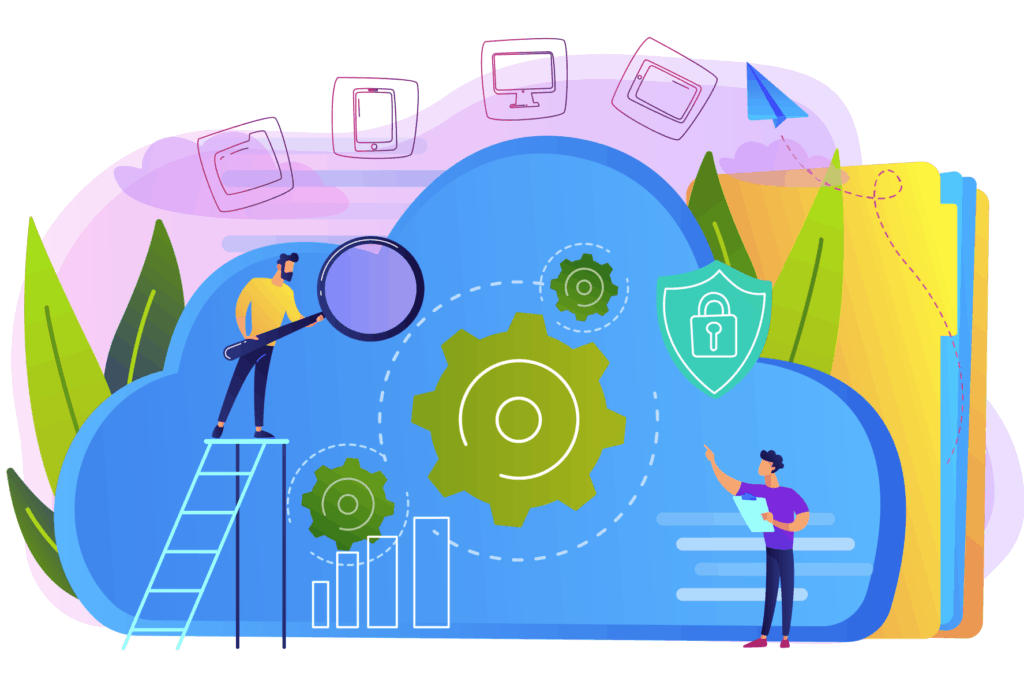Are you operating in continuous security optimisation mode?
In just the first three quarters of 2020, there were nearly 3,000 data breaches which exposed more than 36 billion records. Those are just the ones publicly reported. Staying on top of the latest cyber threats, patches and updates can be exhausting and the stakes are high.
Article
What Does Zero Trust Actually Mean?
You’ve probably heard the term Zero Trust a lot lately. In today’s heightened security environment, it’s more than just another buzzword. A true Zero Trust strategy is necessary. So, what does this really mean? Most of us are already limiting access, using firewalls, and intrusion detection tools so how is Zero Trust any different?
What you need to know – and do – to put a Zero Trust strategy in place for your organisation.
- Multi-factor authentication
- Endpoint detection and response
- Ongoing compliance checks
- Just in Time and Just Enough Access controls
- Adaptive network segmentation


Article
What is the Shared Responsibility Model? Cloud Security Responsibilities Defined
The perception of greater security risk has led some organisations to delay migration to cloud, but the reality is that the cloud itself shouldn’t be any less secure than on-premise infrastructure – the issue is more about the right way to deploy security.
Indeed, the security features available to you in the cloud can actually provide greater security, assuming they are effectively utilised. Understanding the Shared Responsibility Model is vital.
- What is the Shared Responsibility model for cloud security?
- Do you have unprotected sensitive data?
- How does Shadow IT impact security?
- How can your organisation stay secure in the cloud?
Whitepaper
Key Drivers For Continuous Security Optimisation
Cloud computing has revolutionised work – improving productivity and collaboration – but it’s also increased the potential security risks. SaaS applications, such as Office 365, introduced real time feature updates and configuration changes to address the dynamic and rapidly changing threat landscape.
Are you staying up-to-date with:
- Securing Identities
- Securing Applications
- Securing Devices
- Securing Data
If the answer is NO, download our whitepaper to discover how to optimise your security posture with the help of Artemis.


